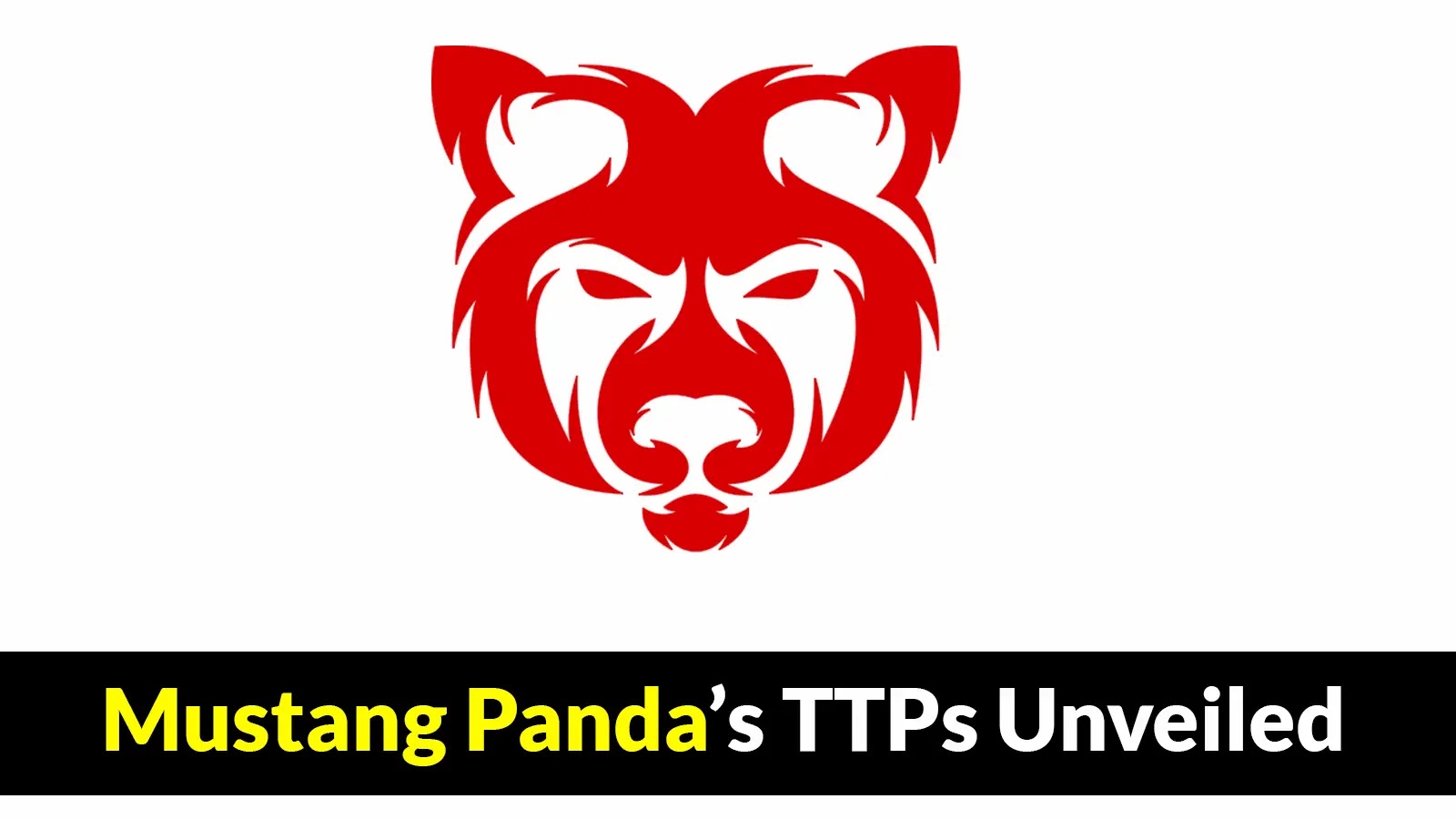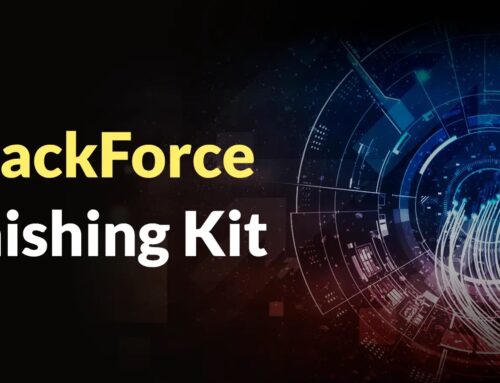
China-based Threat Actor Mustang Panda’s Tactics, Techniques, and Procedures Unveiled
In the high-stakes arena of cyber espionage, understanding the adversary is paramount to effective defense. Few threats loom as persistently as state-sponsored advanced persistent threat (APT) groups. Among these, Mustang Panda, a China-based threat actor, has carved out a notorious reputation. Operating with disturbing sophistication since at least 2014, this group has systematically targeted a diverse range of critical entities, from government bodies and nonprofit organizations to religious institutions and NGOs across the United States, Europe, Mongolia, Myanmar, and Pakistan. This detailed analysis unpacks Mustang Panda’s observed tactics, techniques, and procedures (TTPs), offering insights crucial for cybersecurity professionals seeking to fortify their digital perimeters.
Mustang Panda: A Profile of Persistence
Mustang Panda, also known by aliases like Bronze President and HoneyMyte, distinguishes itself through its relentless focus on espionage and data exfiltration. Their operational scope suggests a strategic imperative targeting information that serves national interests. The group’s longevity since 2014 underscores a well-resourced and highly adaptive adversary, continuously refining their attack methodologies to bypass evolving cybersecurity defenses. Their victimology paints a clear picture: organizations holding sensitive political, economic, or strategic intelligence are consistently in their crosshairs.
Targeting and Victimology
The breadth of Mustang Panda’s targeting is a key indicator of their objectives. Their campaigns are not opportunistic; they are meticulously planned and executed against specific sectors and regions. Noteworthy targets include:
- Government Entities: Accessing sensitive government communications, policies, and strategic plans.
- Nonprofit Organizations and NGOs: Often targeted for information related to human rights, political activism, or regional conflicts that might be strategically valuable.
- Religious Institutions: Potential targets for intelligence related to dissenting groups or geopolitical influence.
- Geographic Focus: Concentrated efforts in the United States, Europe, Mongolia, Myanmar, and Pakistan highlight regions of significant strategic or political interest to the group’s sponsors.
Tactics, Techniques, and Procedures (TTPs)
Mustang Panda employs a sophisticated array of TTPs, reflecting a continuous evolution in their offensive capabilities. While specific CVEs are not detailed in the provided source for their operational exploits, understanding their general methodology is critical.
Initial Access
Initial access often involves well-crafted phishing campaigns tailored to their specific targets. These typically leverage:
- Spear Phishing: Highly personalized emails designed to trick specific individuals into clicking malicious links or opening tainted attachments.
- Malicious Documents: Documents (e.g., Word, PDF) embedded with malware or macros designed to execute payloads upon opening.
Execution and Persistence
Once initial access is gained, the group focuses on establishing persistence and expanding their foothold:
- Custom Malware: Deployment of bespoke malware strains, often designed to evade detection by common antivirus software. These tools provide remote access, data exfiltration capabilities, and command-and-control (C2) communication.
- Living Off the Land (LotL) Techniques: Utilization of legitimate system tools and binaries already present on compromised systems to carry out malicious activities, making detection more challenging.
- Scheduled Tasks and Registry Modifications: Establishing persistence through common Windows mechanisms to ensure their malware restarts after system reboots.
Defense Evasion and Lateral Movement
Mustang Panda exhibits high proficiency in evading detection and navigating compromised networks:
- Obfuscation and Encryption: Malware code and C2 communications are often obfuscated or encrypted to bypass network security controls and analysis.
- Disabling Security Software: Attempts to disable or interfere with endpoint security solutions.
- Lateral Movement: Employing techniques like credential dumping, exploiting weak configurations, or using legitimate access to move between systems within the compromised network, seeking higher-value targets.
Command and Control (C2) and Exfiltration
Data exfiltration is the ultimate goal. Mustang Panda’s C2 infrastructure is designed for stealth and resilience:
- Encrypted Channels: C2 communications are typically encrypted, often mimicking legitimate traffic to blend in.
- Cloud Services and Legitimate Protocols: Utilizing common cloud services or legitimate protocols (e.g., HTTPS, DNS) for C2 to reduce suspicion.
- Staged Exfiltration: Data may be compressed, encrypted, and exfiltrated in stages to minimize network anomalies.
Remediation Actions and Proactive Defense
Defending against a sophisticated APT group like Mustang Panda requires a multi-layered, proactive approach. Organizations must assume they are targets and implement robust security measures.
- Enhanced Email Security: Implement advanced threat protection (ATP) solutions capable of detecting sophisticated spear phishing and malicious attachments. Train users to recognize phishing attempts.
- Endpoint Detection and Response (EDR): Deploy EDR solutions to monitor endpoint activity for suspicious behaviors, even if malware is undetected by traditional antivirus.
- Network Segmentation: Isolate critical assets and sensitive data within segmented network zones. Implement strict access controls between segments.
- Principle of Least Privilege: Grant users and systems only the minimum necessary permissions to perform their functions.
- Regular Patching and Vulnerability Management: Maintain a rigorous patching schedule for all operating systems, applications, and network devices. Conduct regular vulnerability assessments and penetration tests.
- Security Awareness Training: Continuously educate employees on social engineering tactics, secure browsing habits, and the importance of reporting suspicious activity.
- Multi-Factor Authentication (MFA): Implement MFA for all critical systems, remote access, and cloud services.
- Threat Intelligence Integration: Subscribe to and actively integrate threat intelligence feeds related to Mustang Panda and other relevant APT groups to stay informed of their evolving TTPs.
- Incident Response Plan: Develop and regularly test a comprehensive incident response plan to ensure a swift and effective reaction to a breach.
- Outbound Traffic Monitoring: Monitor outbound network traffic for unusual patterns, encrypted communications to unknown destinations, or large data transfers that could indicate exfiltration.
Tools for Detection and Mitigation
Leveraging the right tools is crucial in the battle against advanced threats. While specific exploit CVEs are not listed in the source content, these general categories of tools are essential for detecting and mitigating threats similar to those posed by Mustang Panda:
| Tool Name/Category | Purpose | Link |
|---|---|---|
| Threat Intelligence Platforms (TIPs) | Aggregates and analyzes threat data, including TTPs, indicators of compromise (IoCs), and adversary profiles. | Various commercial and open-source options (e.g., Palo Alto Unit 42, Recorded Future) |
| Endpoint Detection and Response (EDR) Solutions | Monitors endpoint activities, detects suspicious behaviors, and provides telemetry for incident response. | Various commercial options (e.g., CrowdStrike Falcon, SentinelOne, Microsoft Defender for Endpoint) |
| Security Information and Event Management (SIEM) Systems | Collects logs and security events from across the IT infrastructure for centralized analysis and correlation. | Various commercial and open-source options (e.g., Splunk, IBM QRadar, Elastic Security) |
| Network Detection and Response (NDR) Solutions | Monitors network traffic for anomalies, malicious patterns, and C2 communications. | Various commercial options (e.g., Veloce, Darktrace, Vectra AI) |
| Vulnerability Scanners | Identifies security weaknesses and misconfigurations in systems and applications. | Nessus: https://www.tenable.com/products/nessus
OpenVAS: http://www.openvas.org/ |
Conclusion
Mustang Panda stands as a formidable reminder of the persistent and evolving nature of state-sponsored cyber threats. Their systematic targeting and sophisticated TTPs necessitate a mature and proactive cybersecurity posture. By understanding their methods, implementing robust defensive measures, and continuously adapting security strategies, organizations can significantly enhance their resilience against such advanced adversaries. Vigilance, integrated threat intelligence, and a commitment to continuous improvement are not merely best practices; they are foundational requirements for surviving and thriving in today’s complex cyber landscape.





